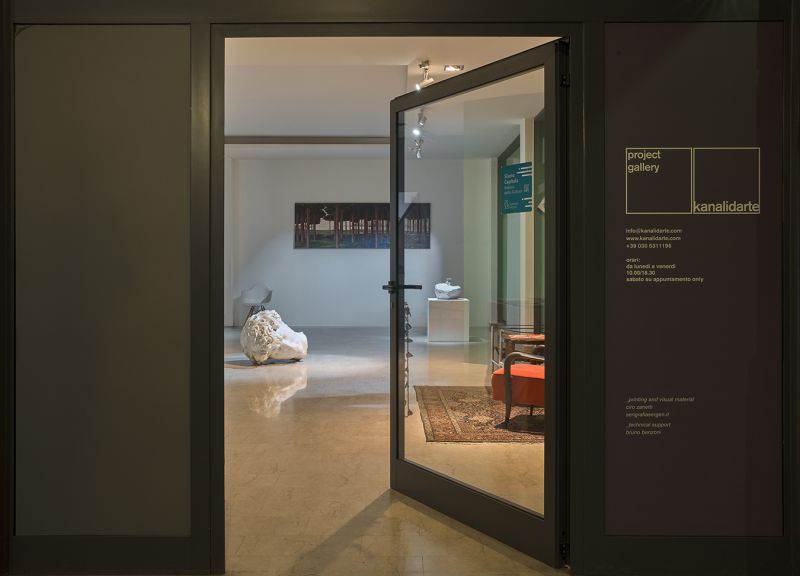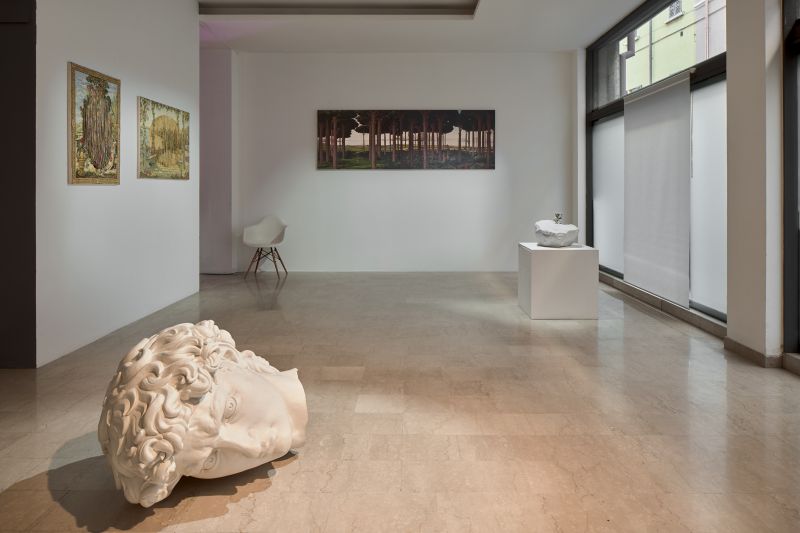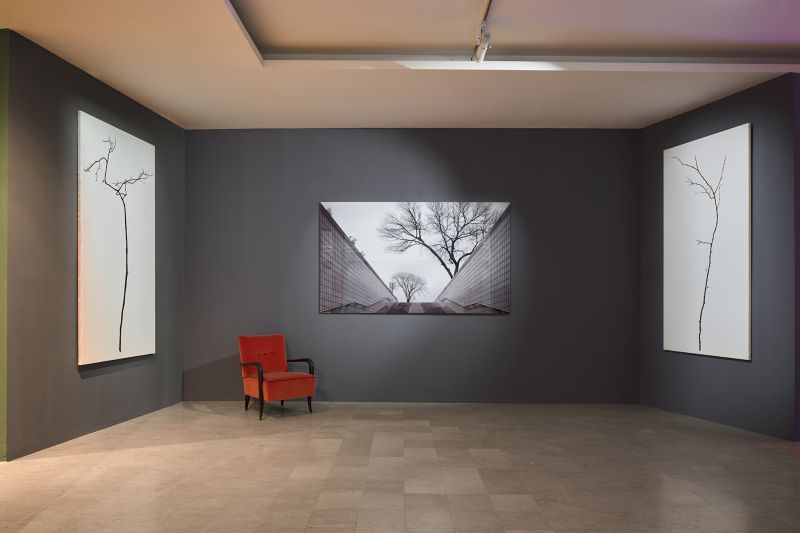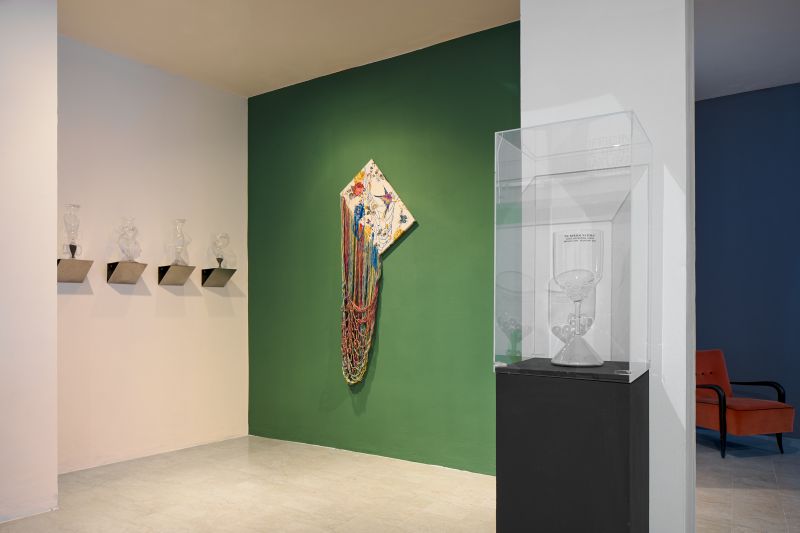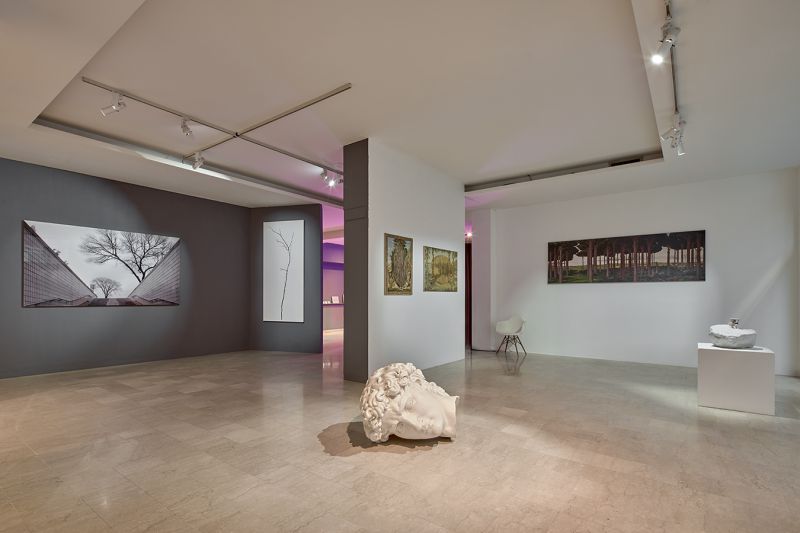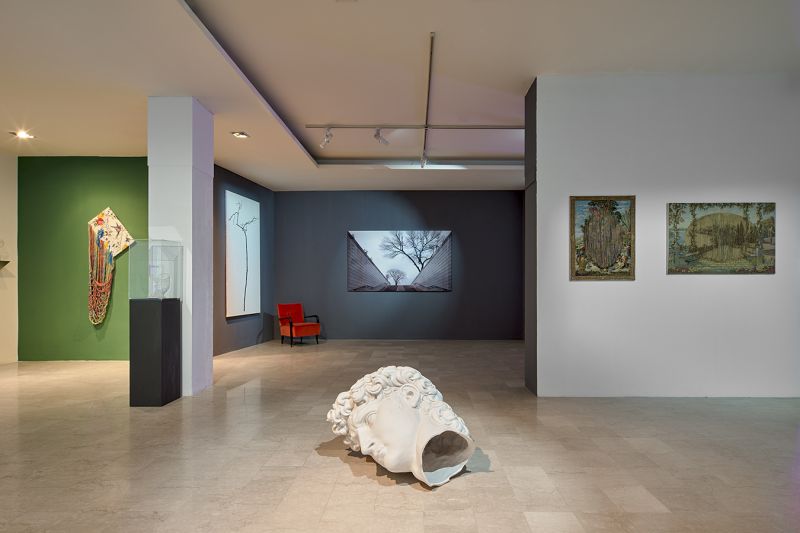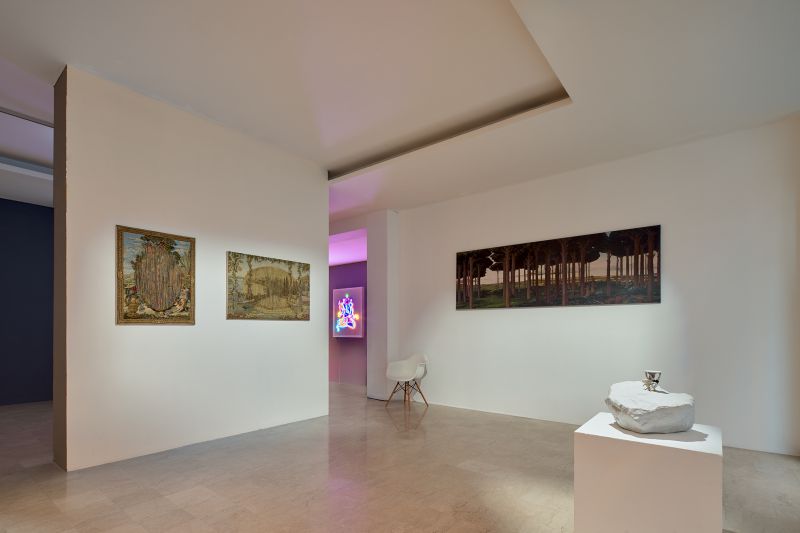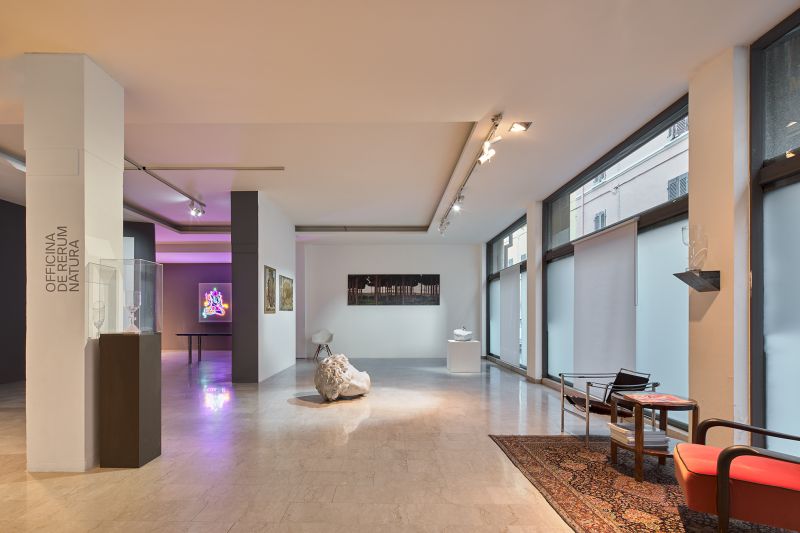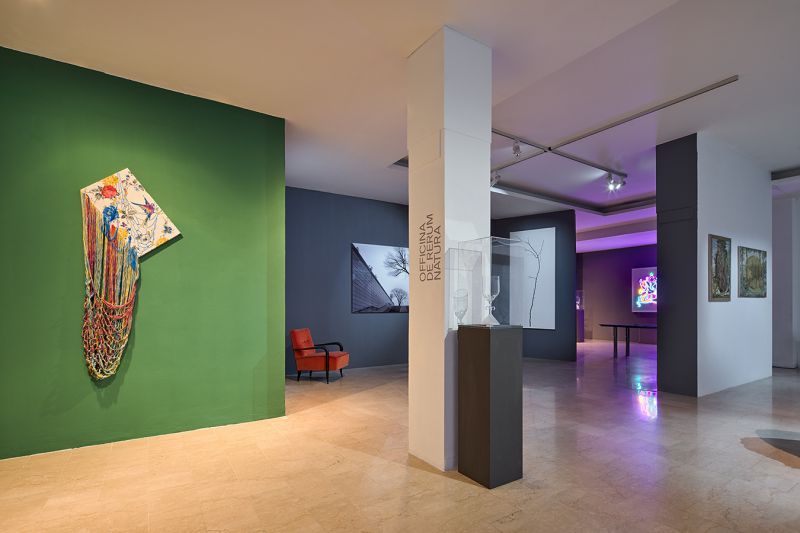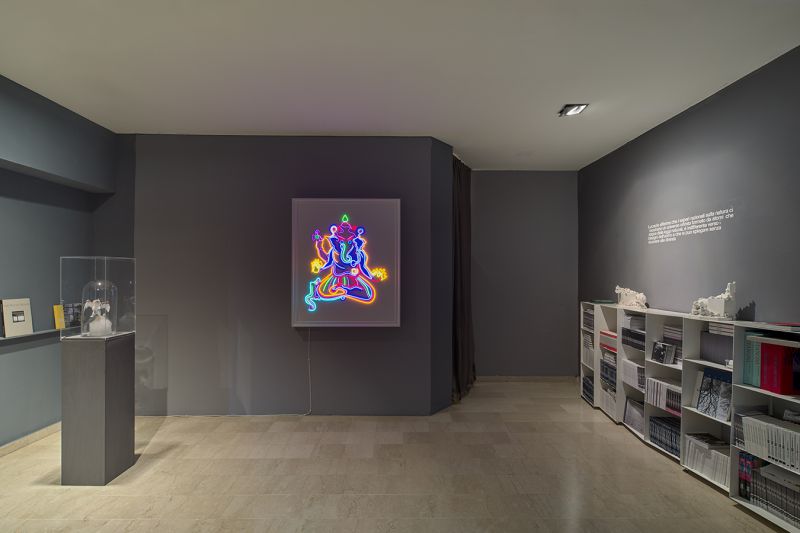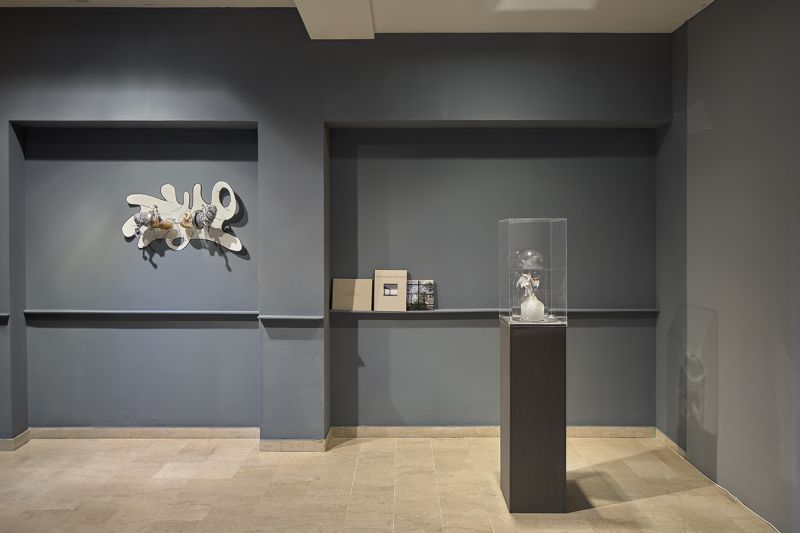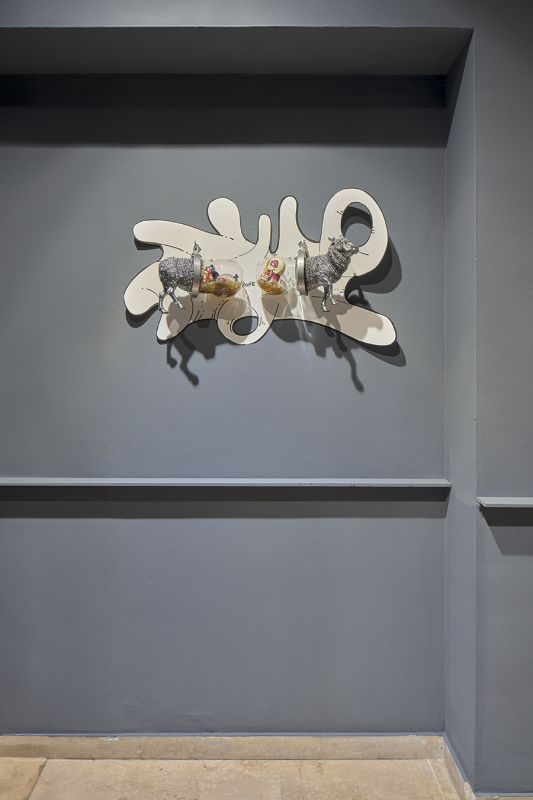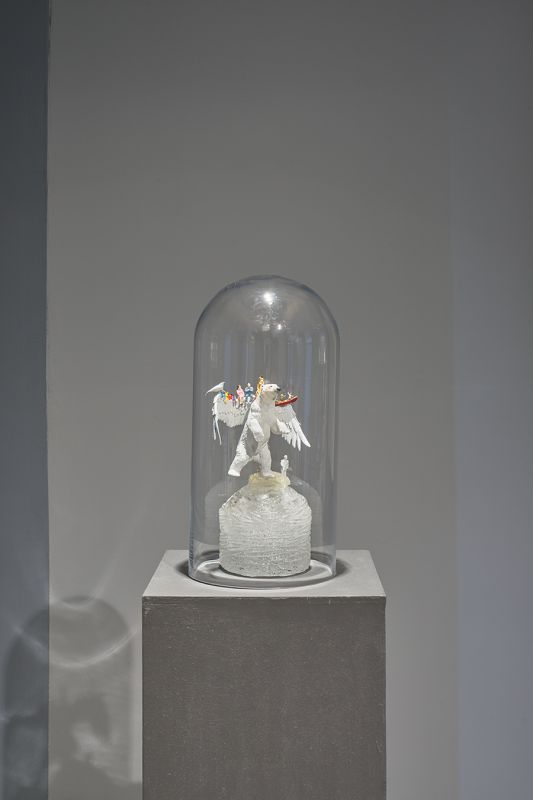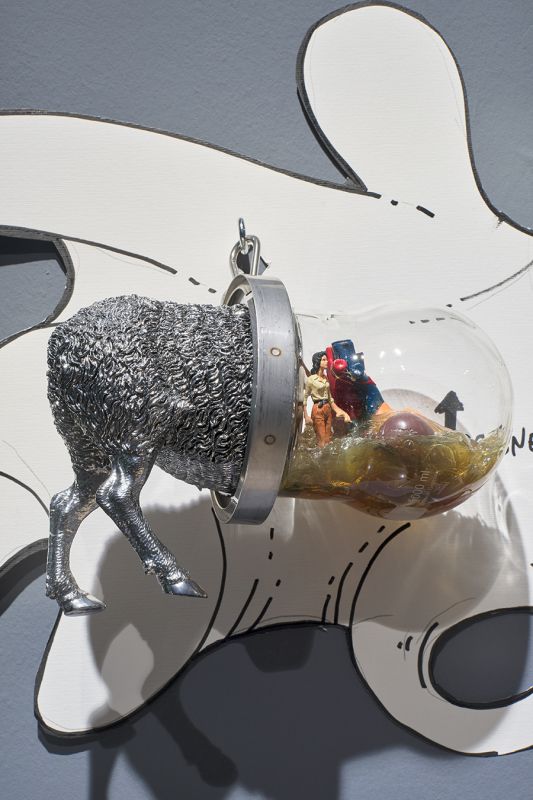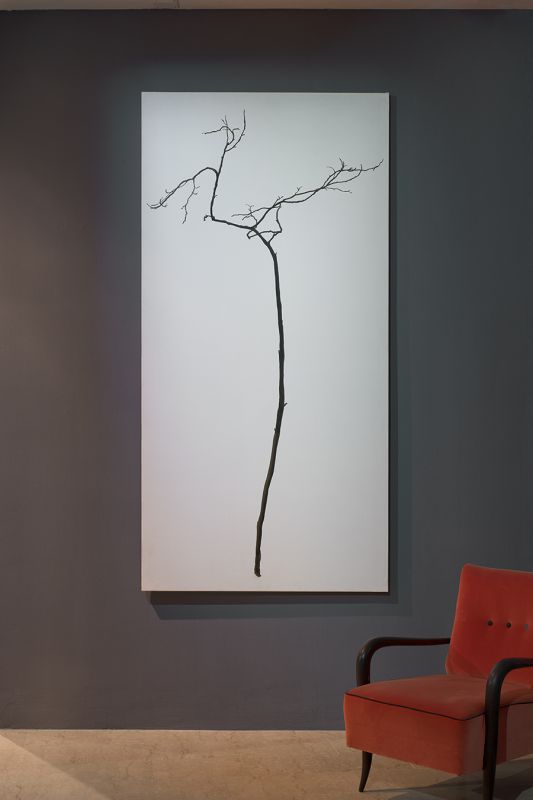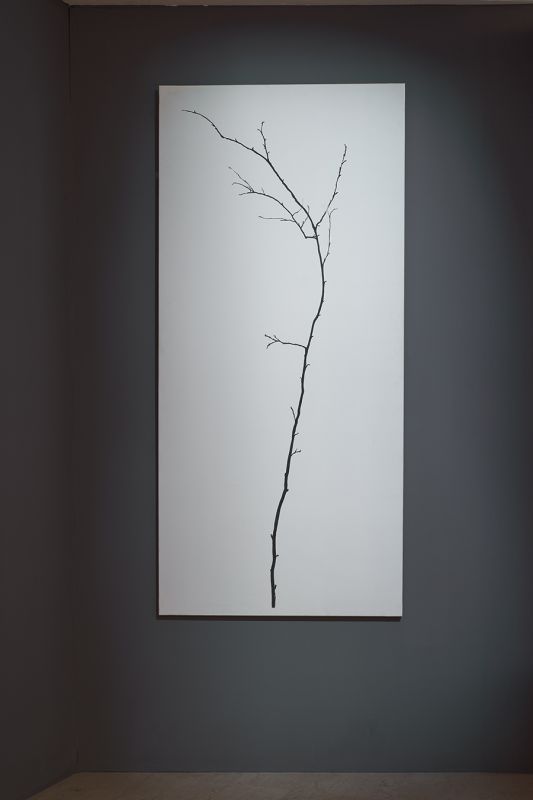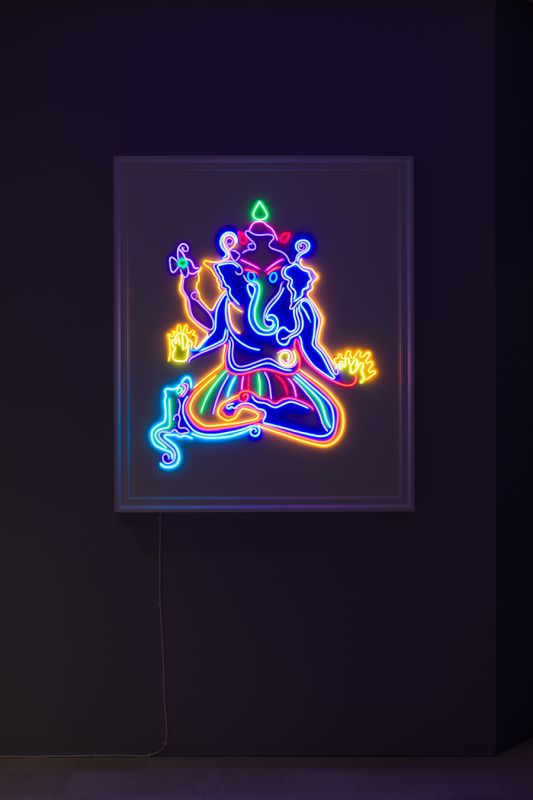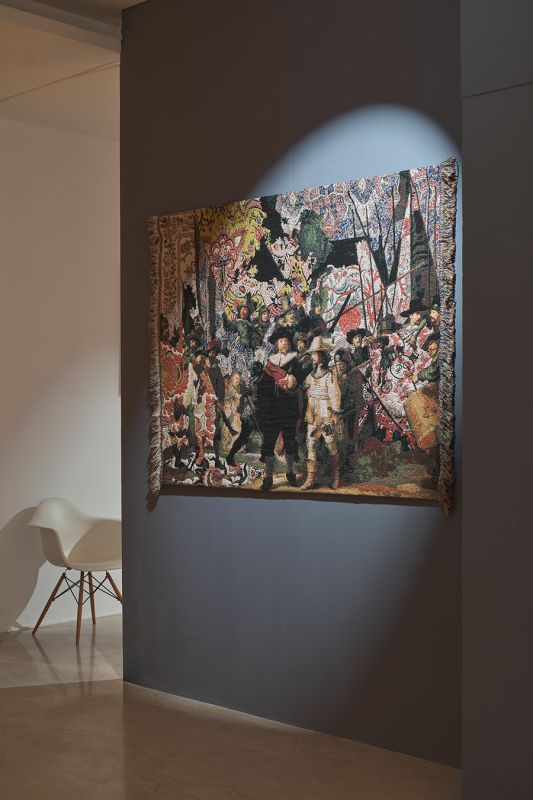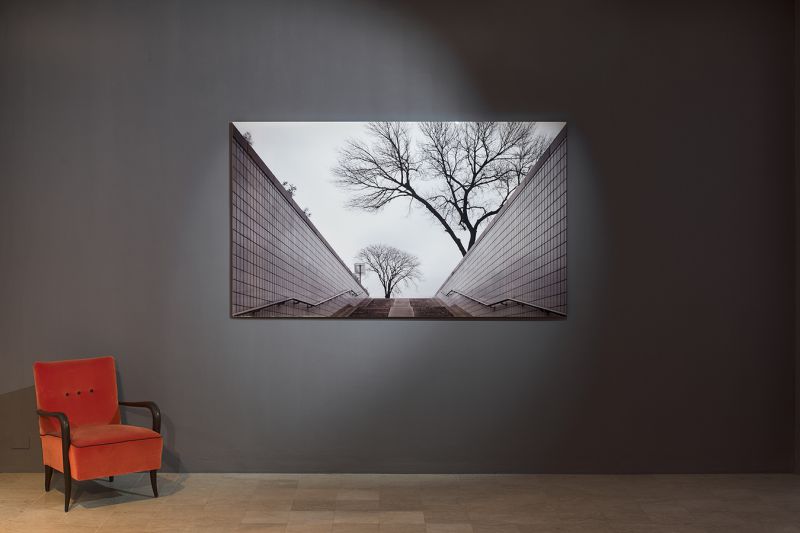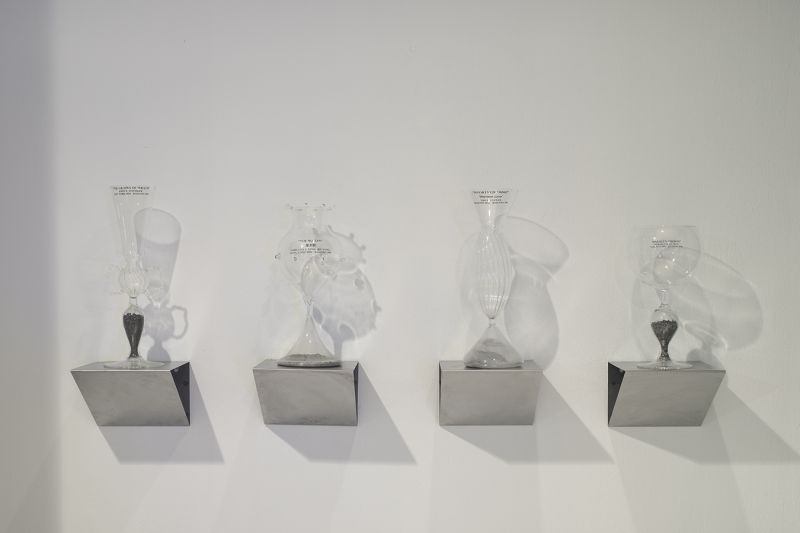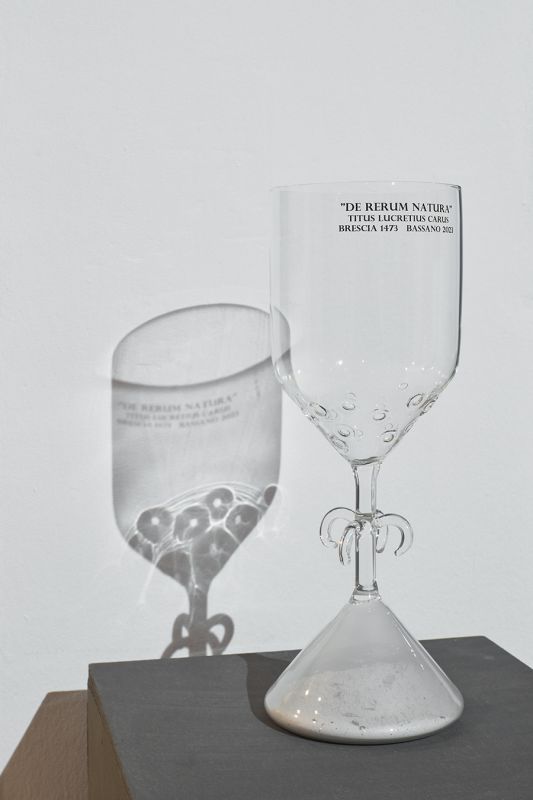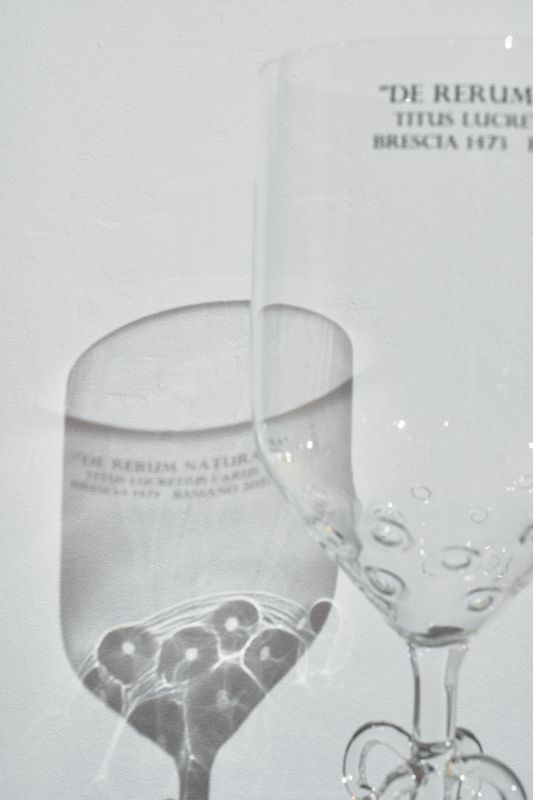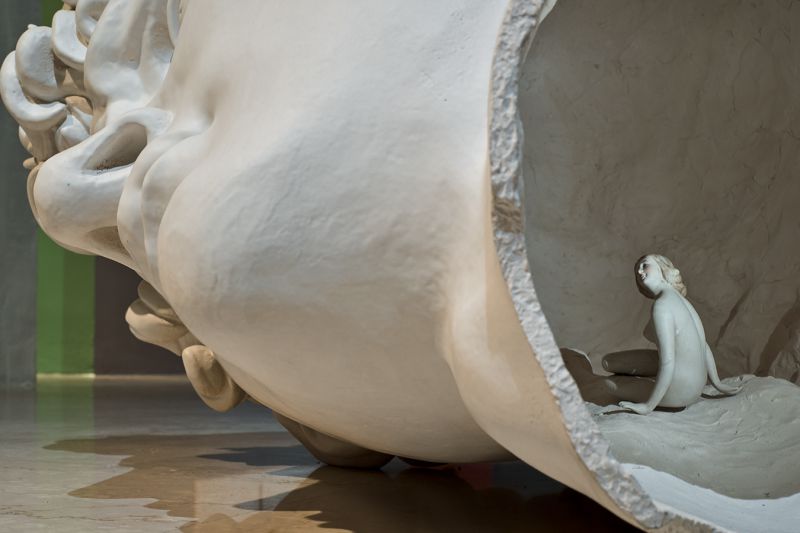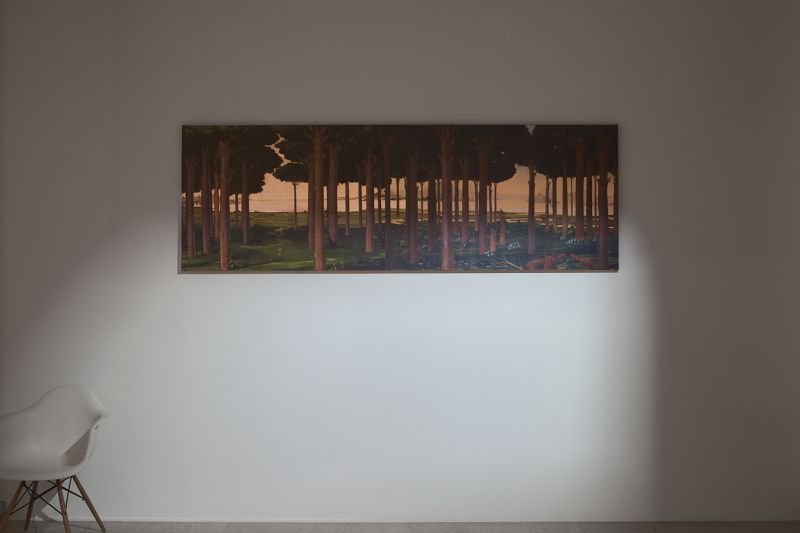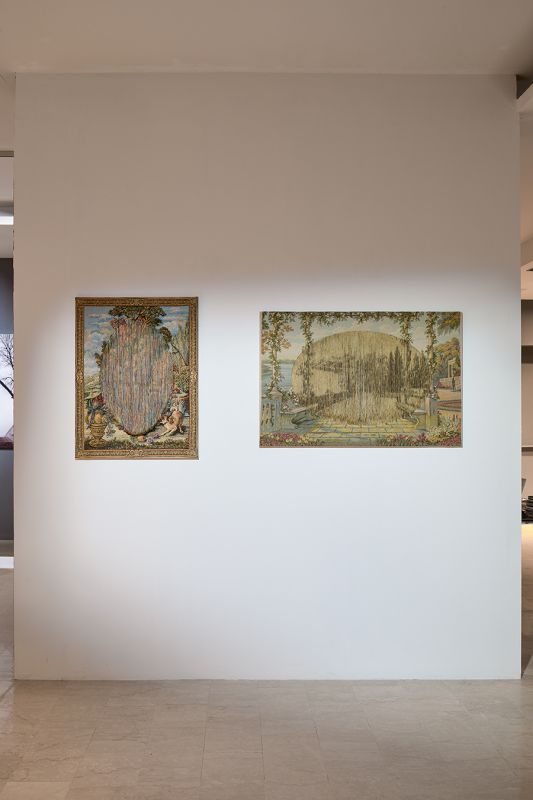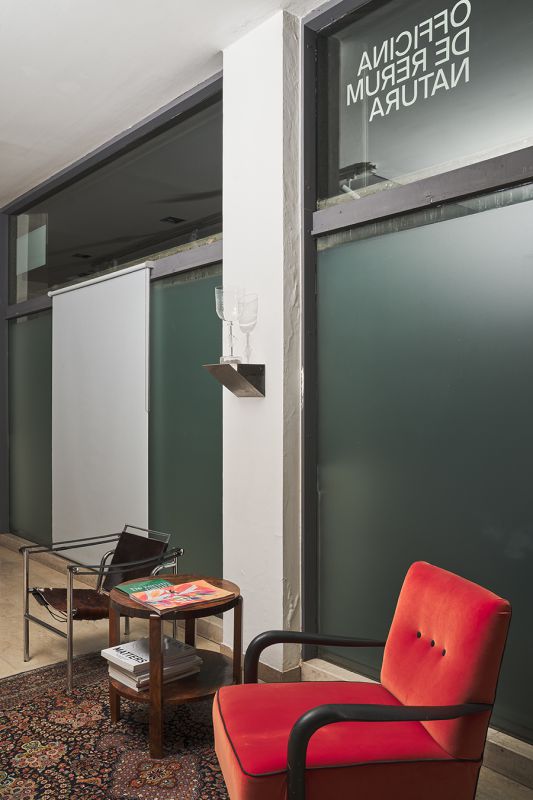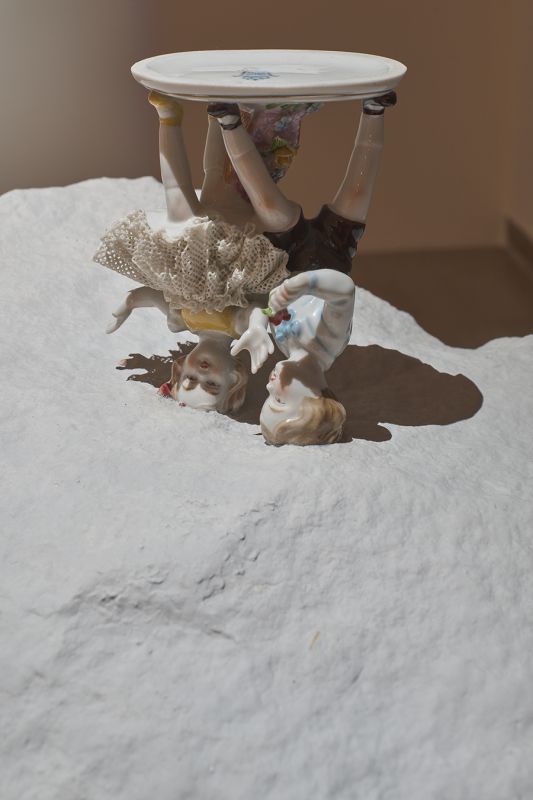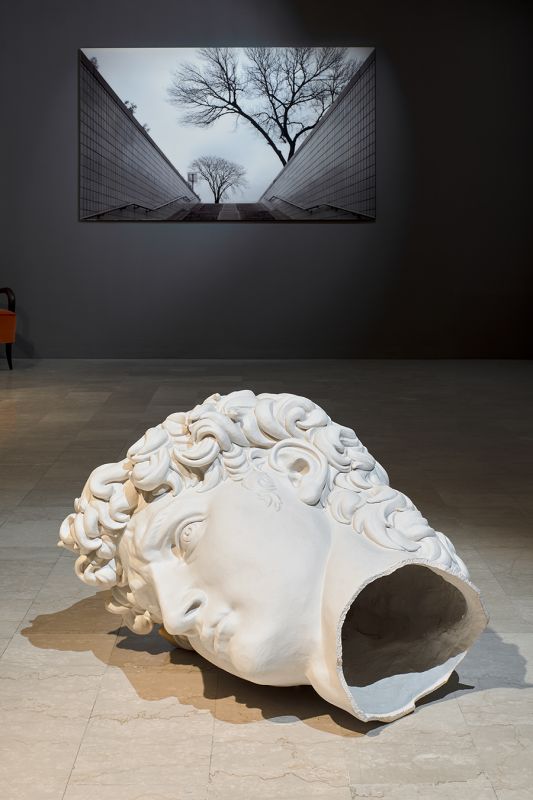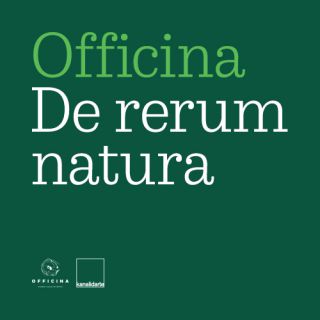
Officina De Rerum Natura
27 ottobre 2023 _10 gennaio 2024
A contemporary homage to Lucretius' immense poem
Josè Manuel Ballester_Chila Burman_E.T. De Paris_
Antonio Riello_ Andrea Salvatori_ Aiko Tezuka
OFFICINA as a place of Art Making in a variety of mediums. No-one of the artists involved is a painter
DE RERUM NATURA, one of the best-known books of classical antiquity, celebrated by Cicero and for a very long time destined for oblivion, came out in print in its first edition (Editio Princeps) 550 years ago by Ferrando editore (Brescia 1473), twenty years after the publication of Gutenberg's Bible (Magonza 1453).
Brescia belonged to the Republic of Venice, which was the printer of the ancient world. Great publishers such as Manuzio published books for many communities that had their fondaco in Venice: Armenians, Germans, Jews of the Ghetto or retrieved Greek classics from the Marciana and Cardinal Bessarione's Fund.
This is the occasion to remember and celebrate the great philosopher and poet Lucretius (Titus Lucretius Carus).
The title plays on an 'ambiguity given by the ultimate meaning of Lucretius' message on the Nature of Things and the presence in the title of the noun “Nature."
An interpretation of the concept of nature on one side ( with the works of Ballester, Tezuka and Salvatori), and the infinite universe formed by atoms on the other with E.T De Paris up to the Epicurean theses so appreciated by Lucretius, which we find in Burman and Riello.
The work, which had disappeared for centuries from the libraries of literati and sages hostile to Epicurean theses, was rediscovered only at the height of the Renaissance thanks to a humanist (Poggio Bracciolini) who found a copy in a German monastery.The De rerum natura, a philosophical poem composed by Lucretius in the first century a.c., is unicum in the history of ancient literature and thought. It consists of three copies of complex books whose subjects are physics-the manifold aggregation of atoms in an endless cycle of birth and destruction-nature and the cosmos.
Lucretius' masterpiece is also an initiatory journey through the teachings of the master Epicurus: for only by knowing the principles that govern nature and man will the wise man be able to achieve the only truly coveted goal: the prospect of precious detachment from which to contemplate things, free from the travails of each day, with the joy and relief of the man safe on the shore, gazing out over the stormy sea.
In short, some substance and some aesthetics….
A group show, clearly, where from the artists with whom we collaborate we asked for works that would take into account the non-simple setting of the project. the great eclectic and subtle visionary repeatedly in the Venice Biennale Antonio Riello; for the first time in the gallery the extraordinary Japanese textile artist Aiko Tezuka, José Manuel Ballester, extraordinary photographer of the spaces of silence, winner among others of the National Photography Prize in Spain in 2010, Chila Burman, recent wonderful discovery, an artist who has turned the entire facade of the Tate Britain in London in 2020 , in our beloved Enrico T. De Paris, always unique in his genre of worlds in which he expresses the contradictions of contemporary genetics (he too has been in the Venice Biennale several times), Andrea Salvatori, master provocateur in the art of ceramics, multiple winner of the Faenza Prize, currently shown at Museum Mart, Rovereto, as part of the exhibition that celebrate Enzo Sperone’s incredible collection.

